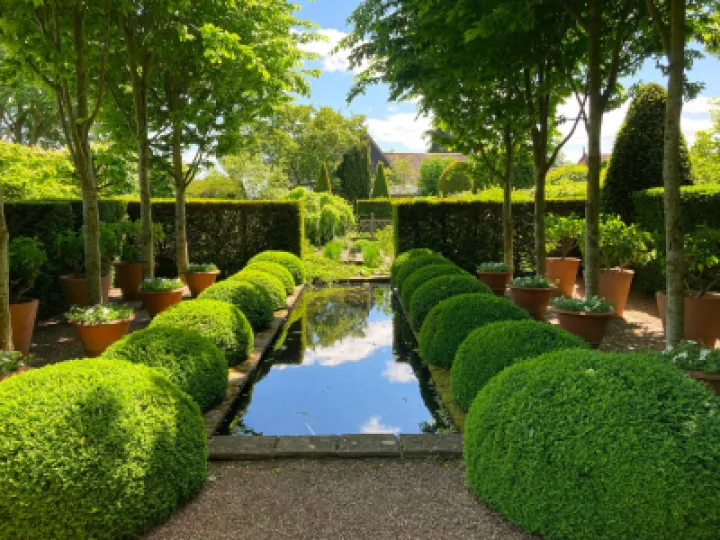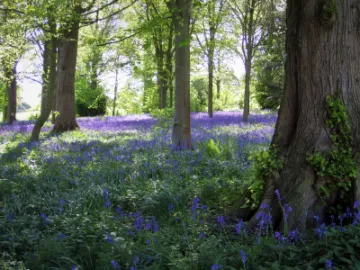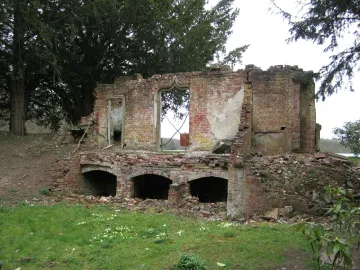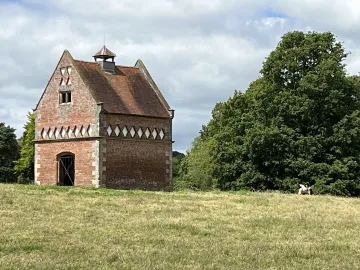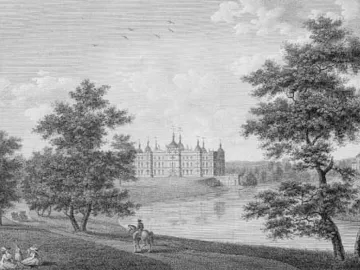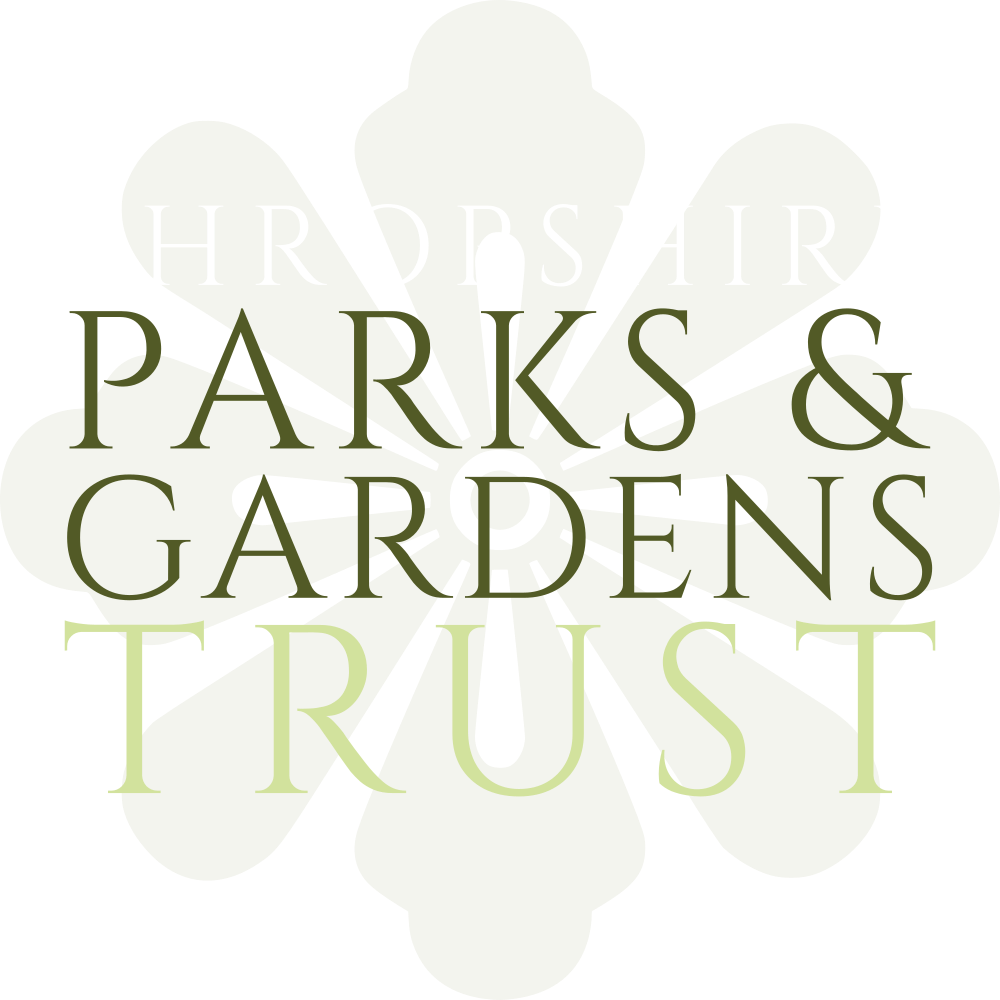Shropshire's Gardens
Garden History
You can trace centuries of changes in garden design in Shropshire, encompassing formal parterres, designed landscapes, kitchen gardens, garden buildings, woodland walks and flower borders. From the moment when deer parks gave way to the formal gardens popular in the 17th century through the landscape revolution of the late 18th century to the return of formality in the 19th century, Shropshire's gardens provide a window into the fashions of our forebears. The distinctive topography of the county provided garden designers with singular inspiration. Deep wooded valleys or dingles provided scope for woodland walks like the Quarry Walks in Shrewsbury, first laid out in 1719. Natural sandstone outcrops conjure up a sense of the sublime to which late Georgian landscapers were highly susceptible, brilliantly exploited in the follies and grottos at Hawkstone Park. Many of Britain's greatest garden designers have worked in the county from Lancelot 'Capability' Brown in the 1770s to Percy Thrower in the 1950s.
Garden Buildings
Outstanding garden buildings in Shropshire include the Grade I listed follies for which Hawkstone is famous; perhaps the oldest tree house in the world at Pitchford Hall; the rare Chinoiserie gazebo at Orleton Hall. Some of Britain's greatest architects have made their mark in Shropshire including James Paine's elegant bridge and Robert Adam's Grecian Temple at Chillington Hall.
Ancient Trees
Gardens in the county protect many fine and ancient specimen trees including a grove of sweet chestnuts at Ferney Hall planted around 1700, a celebrated Victorian arboretum at Walcot Hall and the famous Royal Oak at Boscobel where Charles II hid after his defeat at the Battle of Worcester in 1651.
You can champion these centuries of history and taste through your support of the Shropshire Parks & Gardens Trust.
Lost Gardens
Shropshire's historic parks and gardens are fragile. We can only guess at the number of gardens that have been lost – at least 26 disappeared in the county in the 20th century alone.
They face many threats. Some were abandoned when the historic house at their centre was demolished, others fell victim to urban development, others failed to survive a change of ownership. Several were exceptional. Llanforda Hall boasted some of the most remarkable and original gardens of the 17th century, abandoned when the house was demolished in 1949. Sundorne Castle, demolished in 1955, had extensive Victorian grounds including a palm house and a 4-acre kitchen garden with forcing houses and vineries. Tong Castle, blown up on the route of the M54, was set in parkland designed by Lancelot 'Capability' Brown and filled with an eccentric collection of garden buildings. The risks have not gone away but now, with your help, the Shropshire Parks & Gardens Trust exists to protect the survivors.

